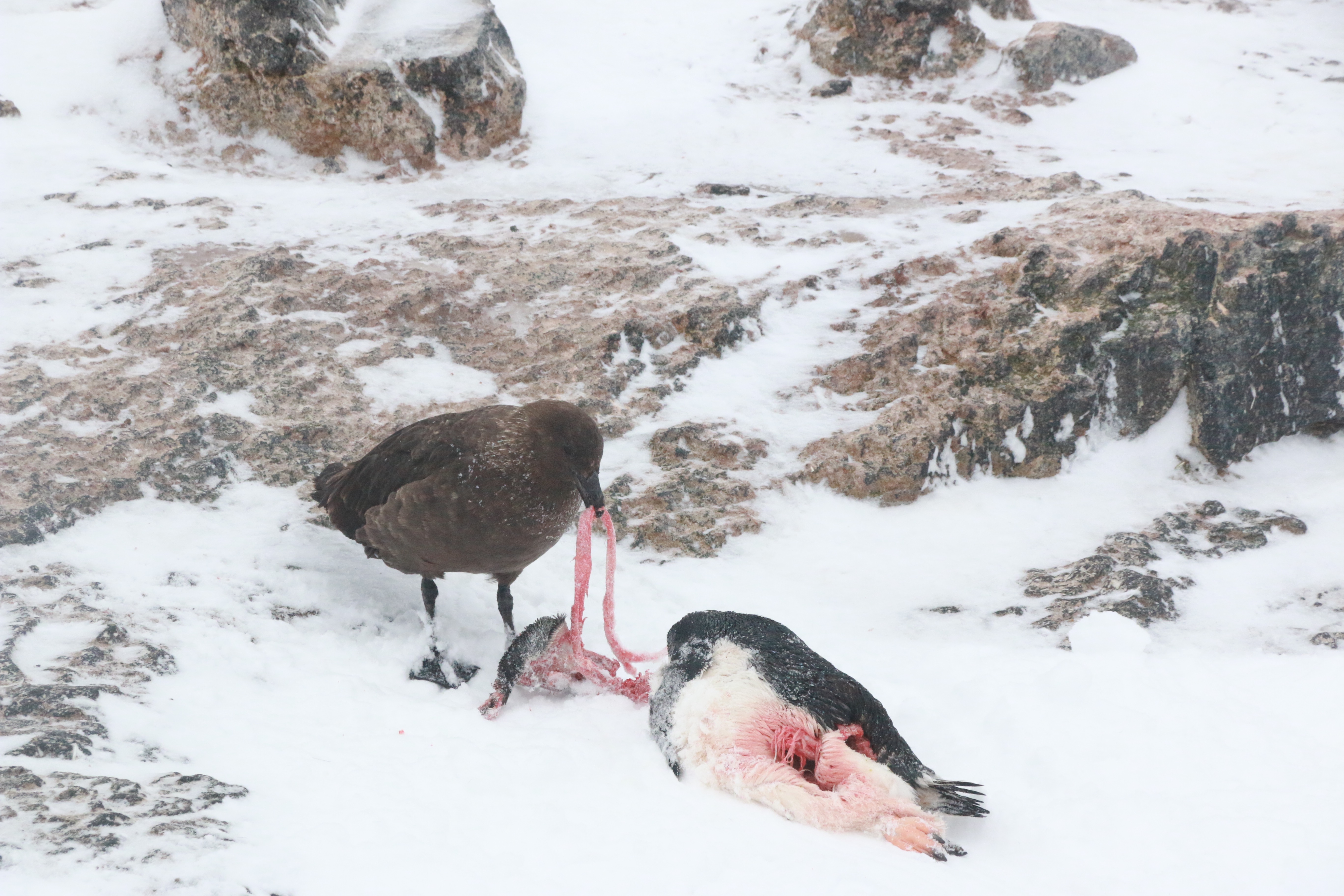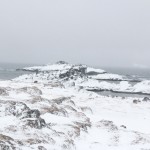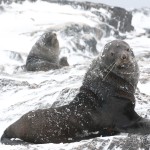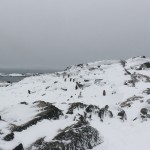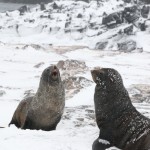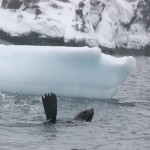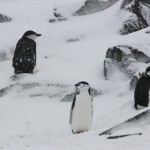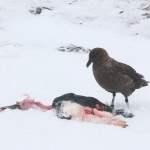Antarctica
Grim Gourdin Island in Antartica
After a chilly morning penguin-watching on Brown Bluff and a warm lunch on board The MS Expedition we were heading to Gourdin Island.
 Gourdin Island is the largest island (124 ha) in a group of islands and rocks 2 km (1 nmi) north of Prime Head, the northern tip of the Antarctic Peninsula. Gordon Island was discovered by a French expedition, 1837–40, under Captain Jules Dumont d’Urville, and named by him for Ensign Jean Gourdin of the expedition ship Astrolabe. The island was reidentified and charted by the Falkland Islands Dependencies Survey in 1945–47.
Gourdin Island is the largest island (124 ha) in a group of islands and rocks 2 km (1 nmi) north of Prime Head, the northern tip of the Antarctic Peninsula. Gordon Island was discovered by a French expedition, 1837–40, under Captain Jules Dumont d’Urville, and named by him for Ensign Jean Gourdin of the expedition ship Astrolabe. The island was reidentified and charted by the Falkland Islands Dependencies Survey in 1945–47.
The weather was dark and gloomy and the island seemed grim. Dead penguins scattered the shores and in complete contrast to my respectful realisation of the toughness of Antarctic creatures I realised how prominent death is in a landscape so harsh.
 Adolescent fur seals seemed to run the island and it was a lot of fun watching them play fight between each other and occasionally threaten the red-coated humans in our group. In a landscape so harsh it was uplifting to watch these dog-like creatures have so much fun.
Adolescent fur seals seemed to run the island and it was a lot of fun watching them play fight between each other and occasionally threaten the red-coated humans in our group. In a landscape so harsh it was uplifting to watch these dog-like creatures have so much fun.
But walking around penguin corpses was saddening and watching the nasty birds that feed on penguin remans was sickeningly captivating.
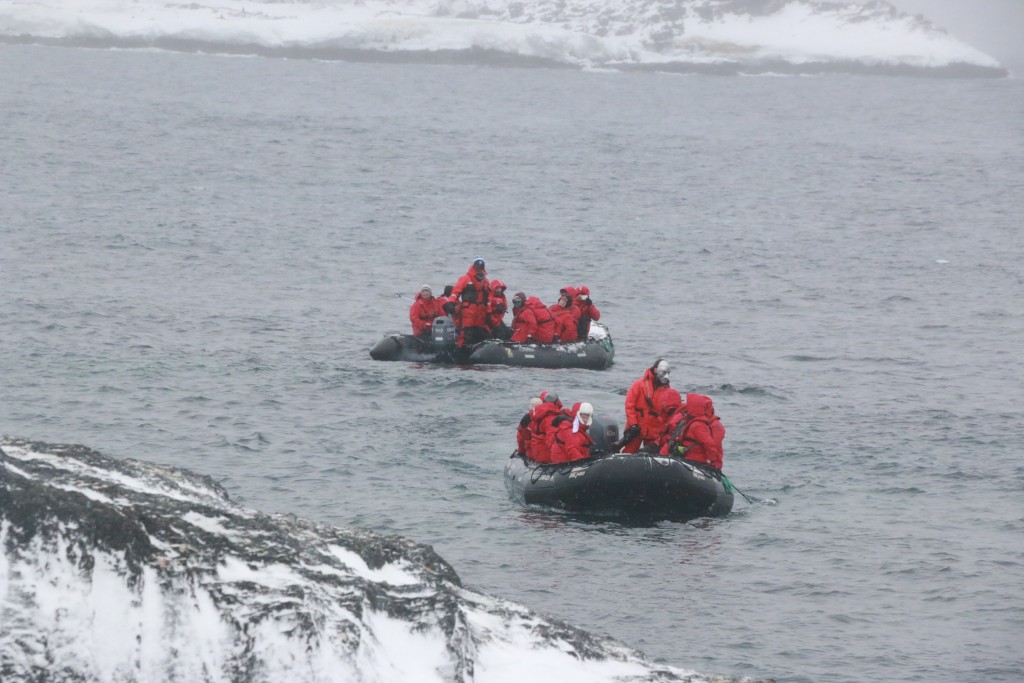 Leopard seals had obviously already feed on most of these corpses but the birds made the most of what was left as they tore the dead penguins apart.
Leopard seals had obviously already feed on most of these corpses but the birds made the most of what was left as they tore the dead penguins apart.
Speaking of leopard seals this was also the shore-landing on our expedition where we encountered the boldest leopard seals. One particular cheeky guy decided to chew on a zodiac boat for lunch.
Although this particular afternoon in Antartica seemed a bit rougher and more grim there was no denying that it was still equally as gorgeous as the rest of the continent.
And with one zodiac down we still all managed to get safety on board and continued our journey around the cold contentment at the bottom of the world.

